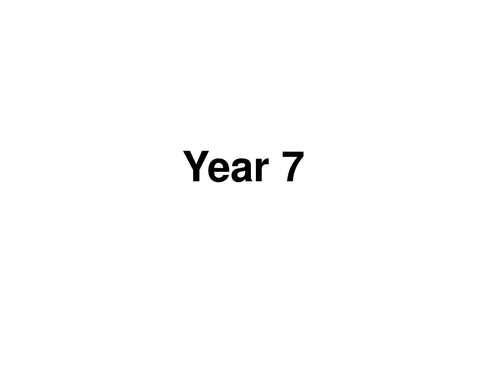Dan Walker's Shop
I'm a secondary school maths teacher with a passion for creating high quality resources. All of my complete lesson resources come as single powerpoint files, so everything you need is in one place. Slides have a clean, unfussy layout and I'm not big on plastering learning objectives or acronyms everywhere. My aim is to incorporate interesting, purposeful activities that really make pupils think. I have a website coming soon!

























